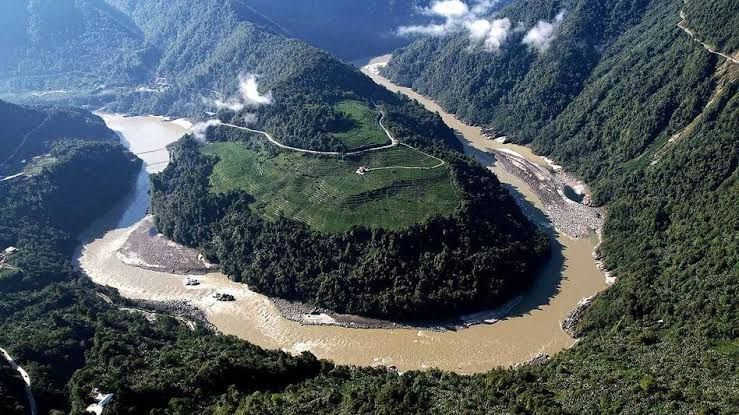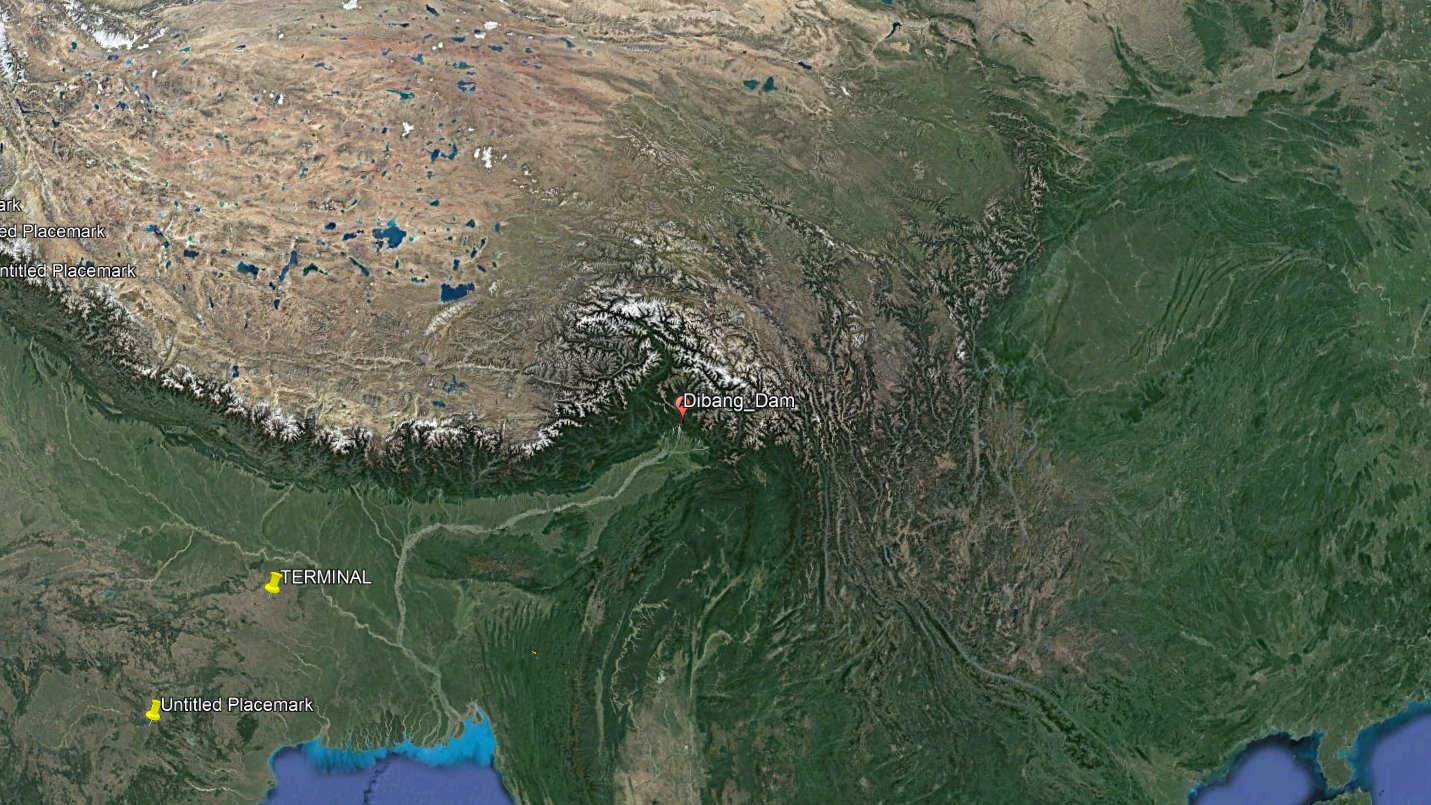India has begun work on the Dibang Multipurpose Project in Arunachal Pradesh, set to become the country’s tallest dam, in what is being viewed as a strategic counter to China’s hydropower push on the Yarlung Tsangpo.
The National Hydroelectric Power Corporation (NHPC) has floated a global bid worth ₹17,069 crore to build the main dam in Lower Dibang Valley, with a 91-month completion target. Once operational by 2032, the 278-metre structure will generate 11,223 million units of electricity annually and serve as a crucial buffer against floods triggered by sudden water releases across the border.
The urgency has sharpened following reports that Beijing has begun constructing the world’s largest hydropower dam in Tibet’s Medog (Motuo) county. The Motuo Hydropower Station, once completed, is expected to surpass the Three Gorges project in scale, giving China unprecedented control over the waters that eventually feed into the Brahmaputra.
Arunachal Pradesh chief minister Pema Khandu, who recently inspected preparatory works with NHPC officials, stressed the importance of early completion. “It is our commitment to finish this mega project by the year 2032,” he said. The foundation stone was laid by Prime Minister Narendra Modi last year, underscoring the strategic weight the government attaches to the project.
The Dibang River, originating near the Himalayas close to the Tibet border, is one of the principal tributaries of the Brahmaputra, contributing 7 per cent of the river’s annual runoff at Pandu. Its confluence with the Lohit near Sadiya in Assam makes the Dibang vital for both electricity generation and flood moderation. “The two main objectives for construction of Dibang Multipurpose Project are power generation and flood moderation,” the NHPC bid document noted.



Also read: Arunachal villagers drop resistance, sign on to Siang dam project
For flood control, the reservoir is designed to hold 1,282 million cubic metres below full capacity during the monsoon. Arunachal Pradesh, meanwhile, stands to gain financially, with an annual entitlement of ₹700 crore in free power once the plant becomes operational. The overall cost of the project is pegged at ₹31,875 crore.
India has repeatedly conveyed its concerns to Beijing over mega dams on the Yarlung Tsangpo, pressing for transparency and consultation with downstream nations. While ties have shown signs of thaw following Prime Minister Modi’s meeting with President Xi Jinping at the Shanghai Cooperation Organisation summit, the Chinese dam remains a strategic flashpoint.
Khandu has warned that excessive diversion or sudden release of water by China could either parch the Siang and Brahmaputra or unleash catastrophic floods in Arunachal and Assam. Analysts have termed the Dibang dam India’s “insurance policy” against such contingencies.
China has defended its hydropower ambitions, describing them as legitimate while pledging to consider downstream impacts. Yet the Motuo project, once complete, will hand Beijing formidable leverage over one of South Asia’s most critical river systems, leaving New Delhi with little choice but to shore up its own safeguards.




